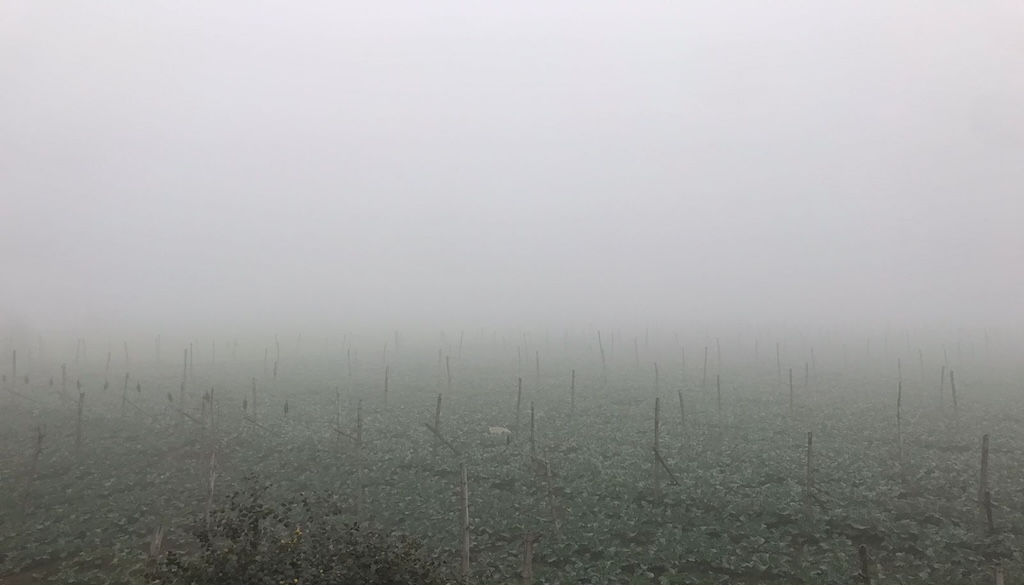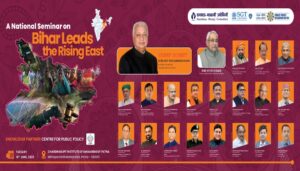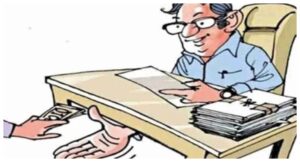Cold Day Alert for 26 Bihar Districts: Mercury to Drop 2-4°C as Cold Wave Intensifies

Patna: Bihar continues to shiver under intense cold conditions, with no immediate relief in sight. The India Meteorological Department (IMD) has issued a yellow alert for cold days across 26 districts on Saturday, warning of a significant drop in temperatures. In Patna and other parts of the state, the minimum temperature is expected to plummet by 2°C to 4°C on Sunday, although the state capital enjoyed sunny weather this morning.
Impact of Western Disturbance
The chill in Bihar is being driven by a Western Disturbance, which has originated in Pakistan and is now moving across eastern Uttar Pradesh and towards Bihar. According to scientists at the Patna Meteorological Centre, the cold front of this system is bringing icy westerly winds to the region, intensifying the cold wave.
Rohtas recorded the state’s lowest temperature on Friday at 8.6°C, while other districts are also seeing a sharp decline in mercury levels.
School Closures Amid Cold Wave
In response to the biting cold, schools for classes up to Class VIII have been ordered to remain closed in several districts, including Patna, Gopalganj, and Munger, until January 18.
Transport Disruptions Due to Fog
Dense fog continues to disrupt transportation, with trains running significantly behind schedule. On Saturday, three trains arriving at Patna Junction reported delays:
- South Bihar Express (13287): 3 hours and 39 minutes late, now expected at 10:19 am instead of its scheduled arrival at 6:40 am.
- Anand Vihar-Bhagalpur Garib Rath Express (22406): 5 hours and 29 minutes late, now set to arrive at 11:14 am.
- New Delhi-Islampur Magadh Express (20802): 3 hours and 26 minutes late, expected at 4 pm.
The IMD has advised residents to take precautions against the cold and avoid unnecessary travel, especially during early mornings and late evenings when temperatures are at their lowest.





